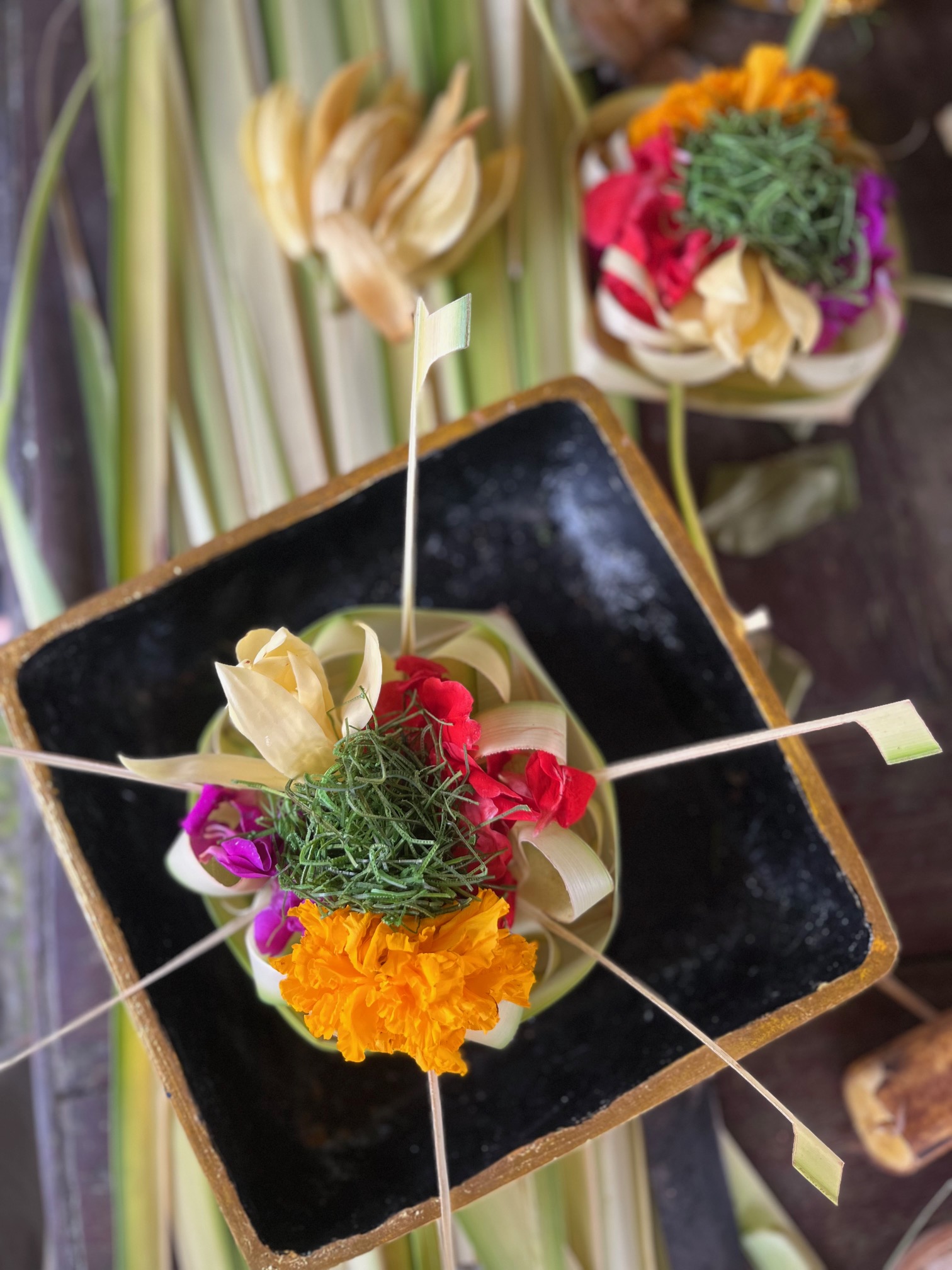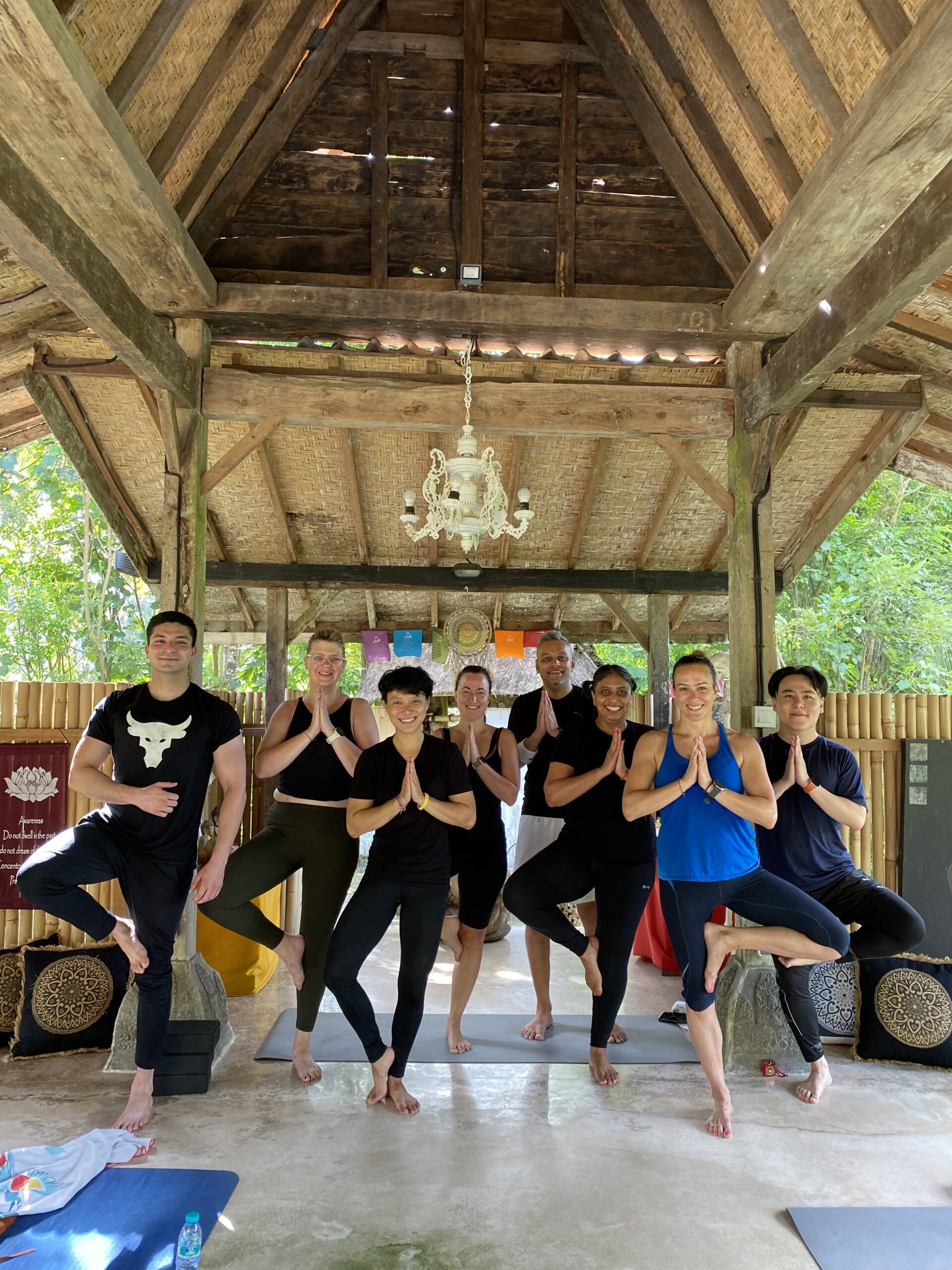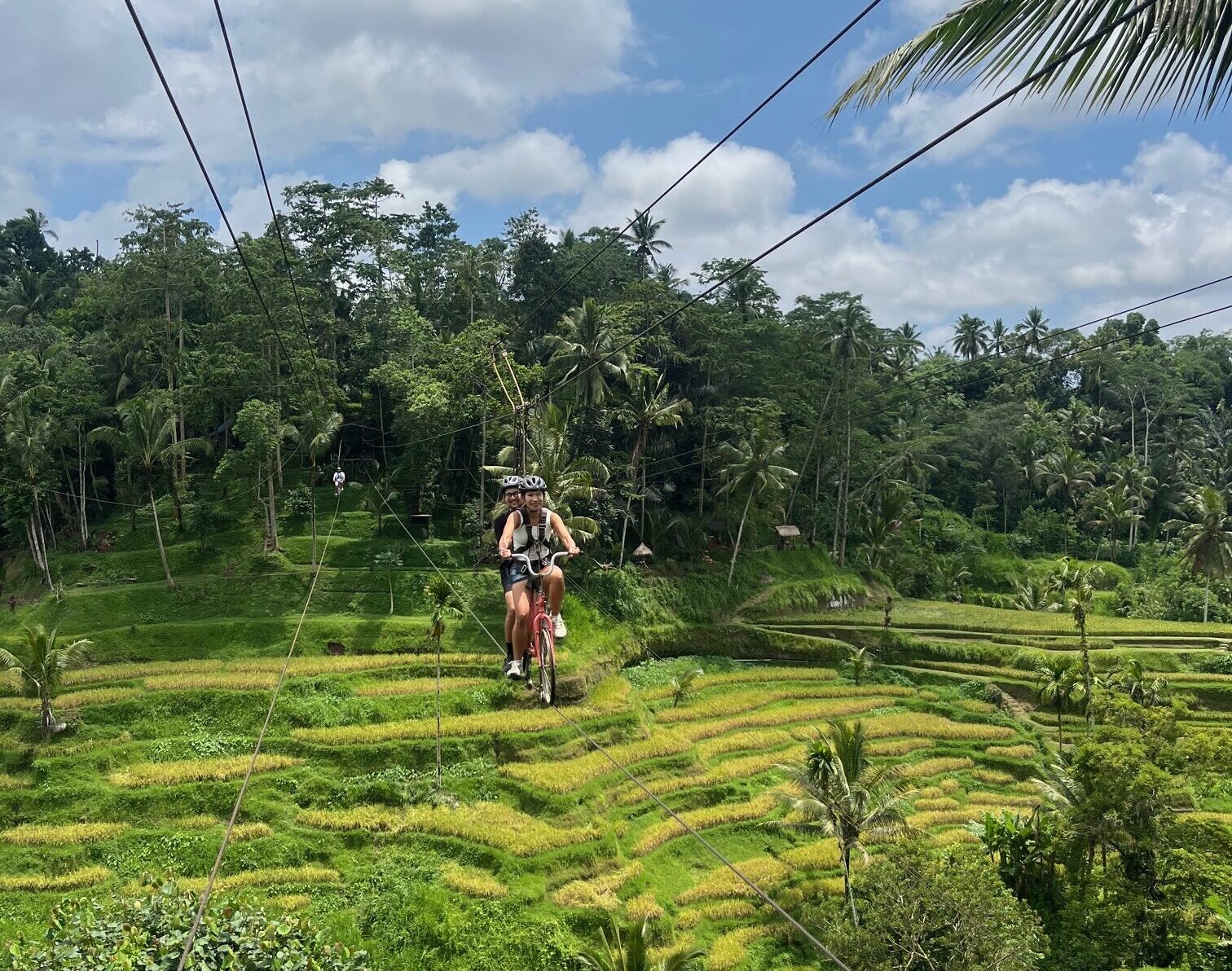In a bustling world, finding moments of calmness and inner harmony is essential for personal growth and overall well-being. One way to achieve this is through meditation, a practice that has been embraced across cultures and religions for centuries.
Meditation is a practice where an individual trains their mind to focus and redirect their thoughts. It can involve various techniques. Many people use it as a tool for reducing stress, improving concentration, and enhancing overall health.
Best Types of Meditation for Mental and Physical Health
Meditation comes in many forms, each offering unique benefits and experiences. Here are some of the most popular types you can try:
1. Mindfulness Meditation
Mindfulness meditation is a widely practiced form of meditation that originates from Buddhist teachings and has gained popularity in the West. This technique revolves around the simple act of paying attention to the present moment without judgment.
To begin practicing this technique, find a comfortable position and focus your attention on your breath or a specific object.
As thoughts arise, acknowledge them without getting caught up in them, and gently bring your focus back to the present moment.
This form of meditation is beneficial for enhancing self-awareness, reducing stress, and promoting emotional well-being.
2. Spiritual Meditation
Are you seeking a deeper connection with your inner self and the world around you? Spiritual meditation might just be the path you’ve been searching for.
This is a practice embraced by various religious and spiritual traditions. It goes beyond the confines of specific faiths, inviting individuals to explore their innermost being and connect with the divine, however they perceive it.
Regardless of your faith or belief system, embarking on this practice can illuminate your path to a more fulfilling life.
3. Focused Meditation
Also known as concentration meditation, this is a mindfulness practice that involves directing our attention to a single point of focus. It encourages individuals to concentrate exclusively on the present moment and the task at hand.
Unlike multitasking, which divides our attention among several activities, focused meditation emphasizes the importance of undivided attention.
By immersing ourselves fully in the present activity, whether it’s drinking tea or engaging in physical exercise, we cultivate a deeper sense of awareness and clarity.
It reminds us that it’s never too late to start cultivating mindfulness and building small habits that contribute to our overall well-being.
4. Movement Meditation
Are you someone who finds peace in movement? If so, you might be interested in exploring this technique. Unlike seated practices, movement meditation integrates mindfulness with physical activity, such as yoga, or tai chi.
By synchronizing movement with breath awareness, practitioners deepen the body-mind connection and promote relaxation. Movement meditation also accommodates diverse preferences and fosters holistic well-being.
Incorporating this practice into your daily routine doesn’t have to be daunting. Remember, it’s about embracing small, intentional habits that nurture both your mental and physical health.
So, instead of sitting in silence, you can cultivate awareness and presence through activities like walking or even gardening.
5. Mantra Meditation
Mantra meditation is a technique rooted in ancient traditions. It involves the repetition of a word, phrase, or sound to help clear the mind and foster deeper awareness.
The most common mantra is “om,” but you can choose any word or phrase that resonates with you.
The beauty of this technique lies in its simplicity. You can practice it anywhere, anytime, making it accessible, especially if you are a busy individual seeking moments of tranquility in day-to-day life.
6. Transcendental Meditation (TM)
TM is a specific technique designed to quiet the mind and induce a state of calm and peace. It was founded by Maharishi Mahesh Yogi and has been studied extensively in the scientific community.
What sets TM apart is its simplicity and accessibility. Unlike some meditation practices that require intricate rituals or deep understanding, TM offers a straightforward approach that anyone can learn.
During TM, practitioners use a mantra—a specific word or sound—to focus their attention and transcend ordinary thinking. This allows them to tap into deeper levels of consciousness and experience profound relaxation.
7. Progressive Relaxation
Learning to build small habits into one’s routine, such as dedicating a few minutes each day to progressive relaxation, can gradually build a foundation of inner calm and mental clarity.
Unlike other forms of meditation that focus on the mind, progressive relaxation targets the body’s muscles and aims to release built-up stress and tightness.
Also known as body scan meditation, this technique alleviates tension by systematically relaxing muscle groups.
This process helps individuals become more aware of tension they may not even realize they’re holding onto. By consciously relaxing each muscle group, from head to toe, one can experience a profound sense of physical and mental relief.
8. Loving-Kindness Meditation
If you’re seeking a practice that fosters compassion and acceptance, loving-kindness meditation might just be the perfect fit for you.
This kind of meditation, also known as Metta meditation, is all about cultivating positive emotions including warmth, compassion, and benevolence towards oneself as well as others.
By generating feelings of goodwill and connection, practitioners enhance emotional resilience and interpersonal relationships.
So, this practice can help you build small habits of kindness and compassion that ripple outward, bringing positivity to those around you.
9. Visualization Meditation
This is a powerful technique aimed at enhancing feelings of relaxation, peace, and calmness by creating vivid mental images.
In visualization meditation, practitioners are encouraged to imagine scenes, landscapes, or scenarios that evoke positive emotions and sensations.
These mental images are often accompanied by deep breathing and mindfulness practices to deepen the meditative experience. By visualizing peaceful scenes or desired outcomes, you can reduce stress and enhance optimism.
Choosing the Right Meditation Style for You
It’s never too late to start incorporating meditation into your daily routine. Whether you seek stress relief, spiritual growth, or improved focus, there’s a meditation practice suited to you.
For example, if you’re drawn to spiritual exploration and self-reflection, consider trying spiritual or mindfulness meditation. Meanwhile, for those seeking physical movement and body awareness, movement meditation or yoga may be beneficial
Experimenting with different techniques and seeking guidance from meditation teachers can help you discover the practice that resonates with you.
At One Fit Wellness Bali, we understand the importance of holistic well-being for your personal growth. Ready to embark on a journey of self-discovery and wellness? Explore our Wellness Retreats now!








